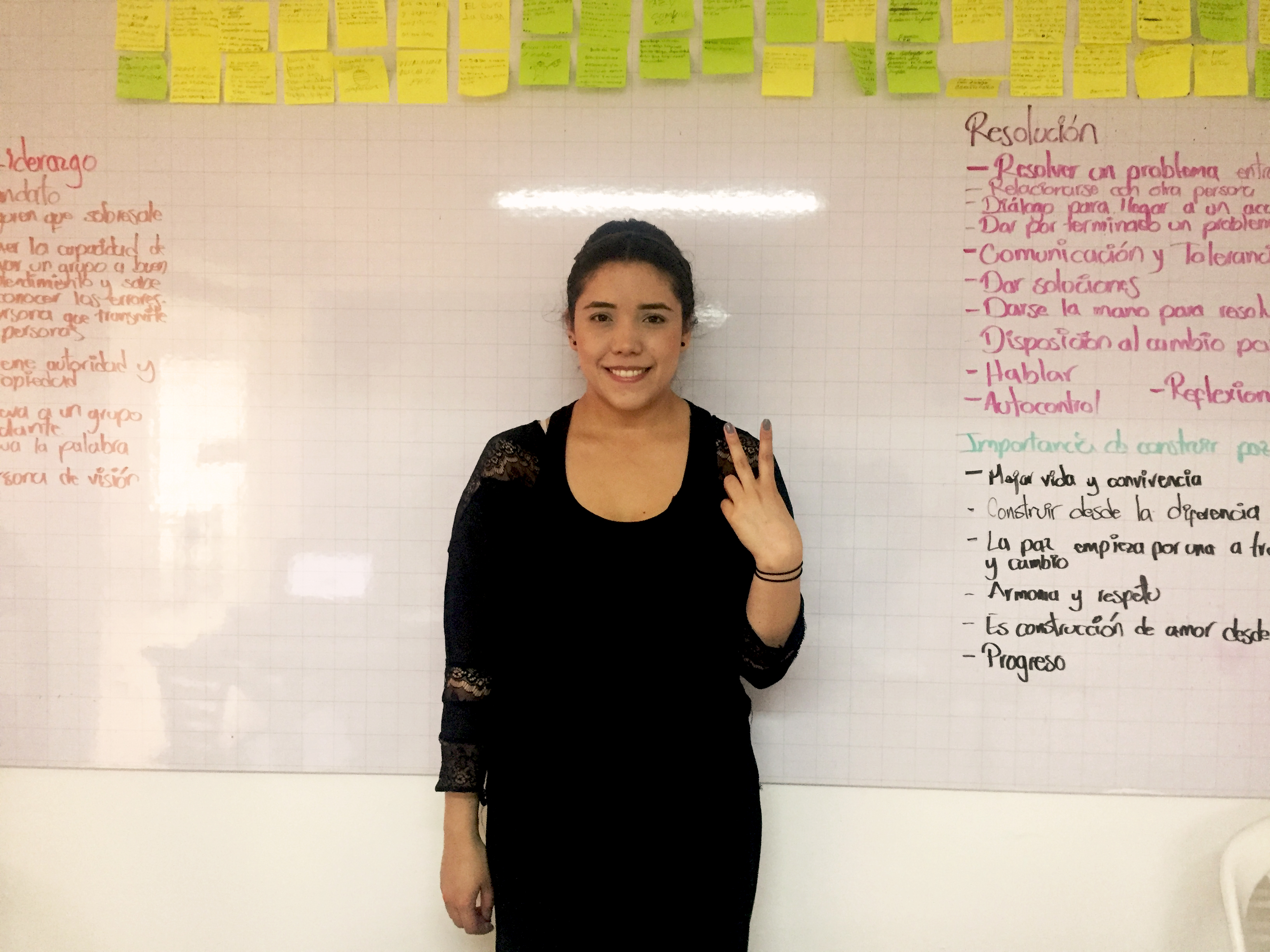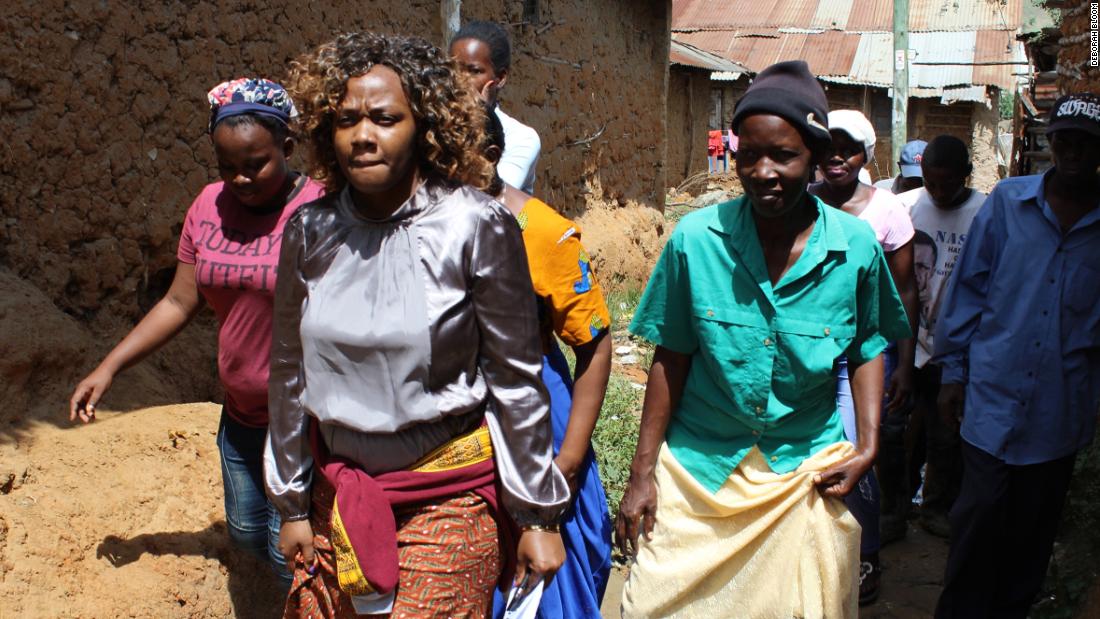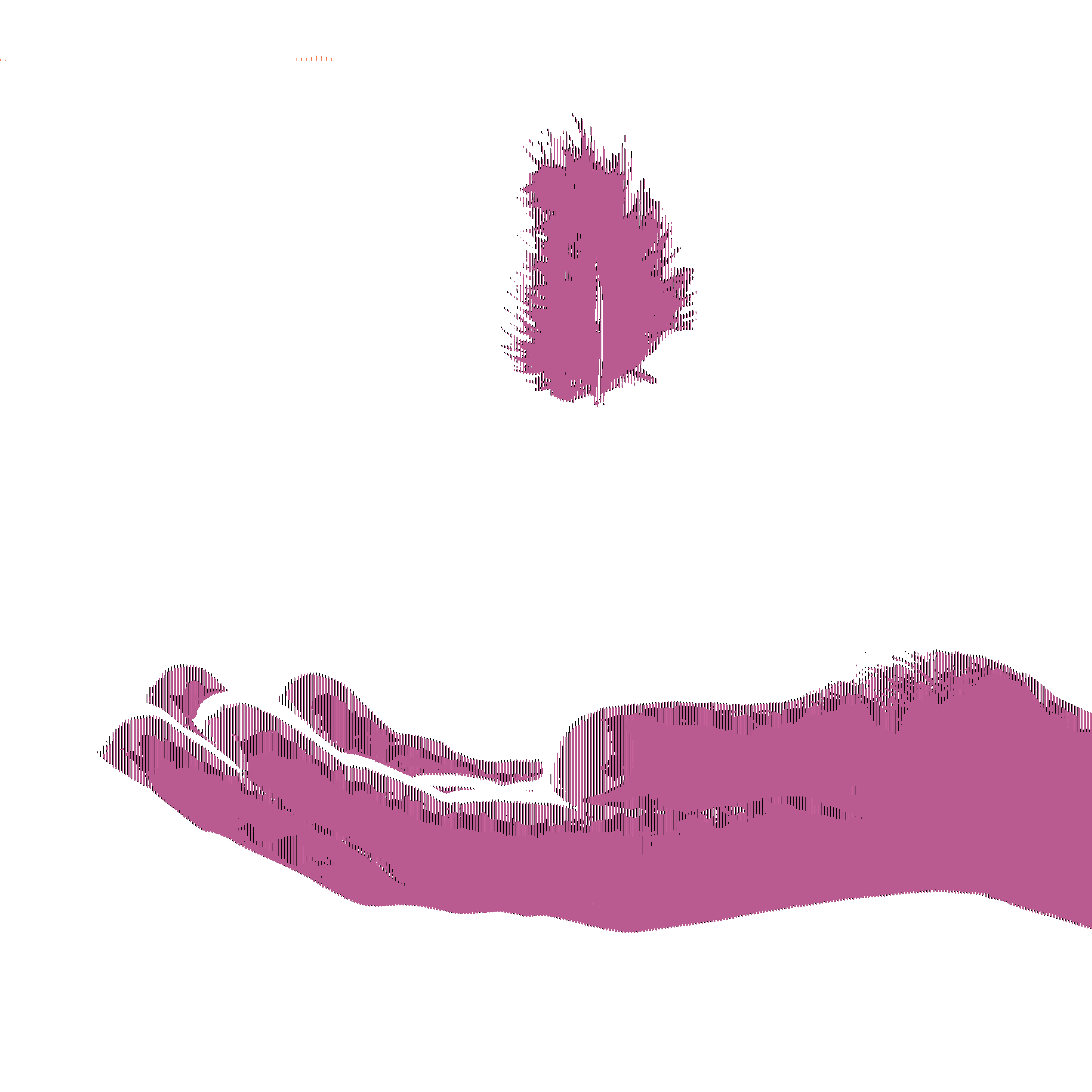Lesson Plan February 27, 2019
Women and Nonviolent Resistance
Country:
Grades:
This lesson plan uses Pulitzer Center Reporting to discuss nonviolent resistance. This includes:
- News stories
- Discussion questions
- Group work
- Extension activities
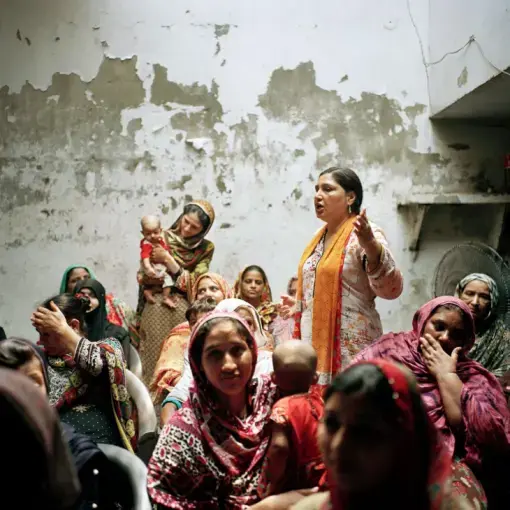
The theme for 2019's Women's History Month is "Visionary Women: Champions of Peace & Nonviolence." This year, we honor women who have pioneered the use of nonviolence to end war, violence, and injustice. This lesson plan uses resources about women around the world leading nonviolent movements to fight against violence and injustice today.
Printable PDFs/Word Documents for this Lesson:
Four Resources on Women's Nonviolent Movements:
In honor of 2019's Women's History Month theme, "Visionary Women: Champions of Peace & Nonviolence," this lesson connects students with women who are currently using nonviolent means to end violence and injustice around the world. This lesson provides discussion prompts, activities, and extensions based on an exploration of the following resources:
1. The Rising Voices of Women in Pakistan

This story looks at how women in Pakistan are organizing to increase the number of women voting in elections.
2. The Woman Risking Her Life to Save a Village from Lead Poisoning
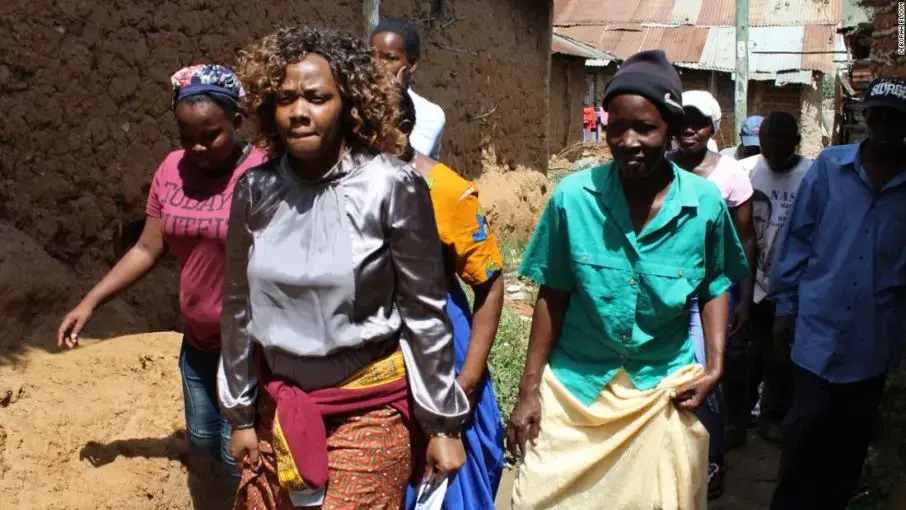
This story explores one woman's fight to eradicate lead poisoning where she lives and hold companies accountable for the damage done.
3. In Post-Conflict Colombia, Imprisoned Ex-Combatants Help Maintain a Fragile Peace
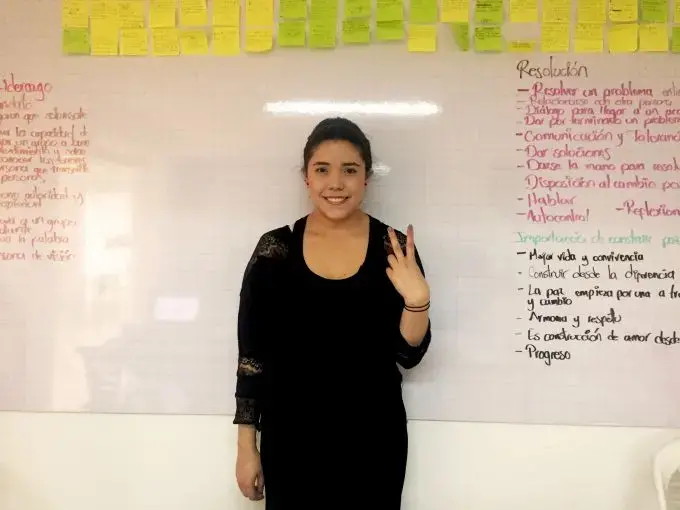
This story explores how one woman works inside of prisons to build lasting peace in Colombia.
4. The Saudi Women Who Fought for the Right to Drive

This is the story of the women in Saudi Arabia who campaigned to lift the ban on women driving.
Warm-up:
1. Have you ever witnessed something unjust? Maybe you have seen governmental corruption or violence in your community? If you haven't witnessed something personally, you may have seen reports of injustice on the news.
2. If you could respond in any way to that injustice, what would you do? Turn to the person next to you and ask/answer the following questions. (Note that if you are uncomfortable discusssing something personal, you can bring up something you saw on the news instead.)
- What was the injustice you witnessed?
- What do you think needs to change to prevent such an injustice from occurring in the future?
- Did you take any steps to address the injustice at the time when you witnessed it?
- Looking back now, how would you respond?
1. Introducing the Lesson:
Throughout history and to this day, women around the world engage in nonviolent resistance to unjust practices. Nonviolent resistance can be defined as the process of achieving social change through protest, political or social organizing, and noncooperation. Following the theme of the 2019 Women's History month: Visionary Women: Champions of Peace & Nonviolence, we are going to explore the stories of women who continue this practice today. The stories we will look at show some of the challenges and violence being faced around the world, these can be stories of interpersonal violence (violence committed by one individual or a group of individuals) or violence sanctioned and committed by governments and corporations around the world. The injustices these women face vary, as do their responses. Nonviolent resistance can be seen in the form of social media campaings, education efforts, and organizing. Think about how you see these efforts playing out in each article and in the world around you.
Introducing the Resources:
The resources we are using will address different injustices and different methods of nonviolent resistance. These are the topics and corresponding news stories we will explore today:
Voting: The Rising Voices of Women in Pakistan
Pollution: The Woman Risking Her Life to Save a Village from Lead Poisoning
Peacebuilding and Education: In Post-Conflict Colombia, Imprisoned Ex-Combatants Help Maintain a Fragile Peace
Gender Equality: The Saudi Women Who Fought for the Right to Drive
1. Go to the corner of the room labeled with the topic that most interests you. Before you turn to the article, discuss briefly with your group how this issue might also matter to your community. Then read the article, either silently to yourself or aloud to your group.
3. Questions to keep in mind as you read:
- Why did the women in the story care about what was happening?
- What do you think you might have done in a similar situation?
- Are their actions leading to long-term change?
- What are the nonviolent means being used and do you think that they are effective?
4. Once finished reading, turn to your group members and briefly discuss these questions. Select one person to be your group's representative speaker.
5. Write out the answers to the questions below:
- What injustice or violence are being addressed by these women (or this woman)?
- What methods of nonviolent resistance are they using?
- What obstacles are they facing as a result of their work?
- What, if anything, is changing as a result of their work?
- What did you find most interesting about this article?
6. As a class discuss these stories and examples of nonviolent resistance you have learned about in class or witnessed in your own community.
- Do any of the injustices these women are working against feel like they could happen in your community?
- What do you think you would do if you were in the same situation?
- What types of nonviolent resistance do you see in your own community? How are they similar to and different from the ones in the articles you read?
- How do the types of resistance shared by your classmates compare? Do you think the methods you read about in the article you read could be applied to a situation described by your classmates?
- Why do you think that the women you read about are using the specific method of nonviolent resistance they chose?
7. Think back to the situation you brought up in the warm-up for this lesson and share if you feel comfortable. Having discussed the experiences and actions of these women, would change your own response to the injustice?
Extension Activities:
Option 1. Check out these Official Women's History Month Biographies page to learn more about women in history who used nonviolent methods to fight injustice. Pick a woman from this page to do some deeper research on and write your own news article about her, answering the questions you explored with your articles for today. Send your article to [email protected] or share it on Instagram or Twitter, tagging @pulitzer and using the hashtag #womenshistorymonth.
Option 2. If you are inspired by these women to fight injustice in your own community, take action! First, identify the injustice you are most passionate about fighting against. Then, decide what form of nonviolent resistance is most suitable to your cause. Consider the following options:
- Designing a social media campaign
- Writing letters to you representatives and encouraging others to do the same
- Demonstrating at your school or in a public space (with the appropriate permits and permissions)
- Writing a news article about the issue using interviews with people who are directly involved in working to end the injustice, or people who may not see the issue the same way you do. Be sure to share the finished piece with [email protected] and on social media, tagging @pulitzer and using the hashtag #womenshistorymonth.
This lesson was adapted for Women's History Month 2019, but the resources are applicable to any discussion on women and resistance.





